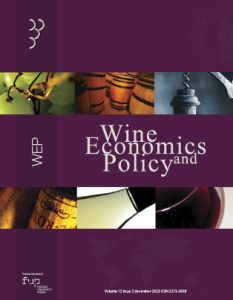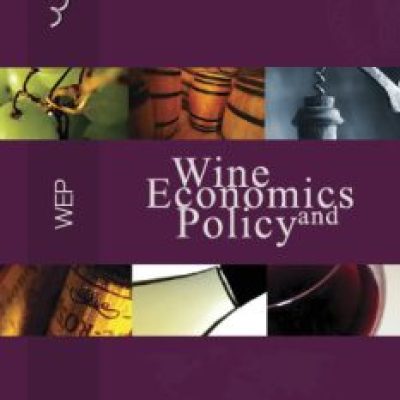Subsidies and the income inequality in the Hungarian wine sector
Imre Fertő, Stefan Bojnec

Abstract
The paper investigates the impact of different sources of income on wine farm total income inequality in Hungary using Farm Accountancy Data Network data for the period 2013-2019. The decomposition of the Gini coefficient is applied to focus on the impact of the Common Agricultural Policy (CAP) shift from market to government budgetary support on wine farm total income inequality. Off-farm income has a rather stable impact on wine farm total income inequality. CAP Pillar 1 subsidies have remained more important than CAP Pillar 2 subsidies, both in the structure of wine farm total income and in the reduction of wine farm total income inequality. The most striking finding is regarding a shift in wine farm market income from a negative (losses) to a positive (profit) value and its increasing role in wine farm total income inequalities. The 20% of the largest wine farms created from almost 90% to less than 80% of wine farm total incomes between 2013 and 2019, but during the same period their participation in CAP subsidy payments was reduced much more from more than 80% to around 60%. Subsidies from Pillars 1 and 2 were reduced, and wine market income increased wine farm total income inequality, while it remained constant for off-farm income. The wine farm market income has driven wine farm total income inequalities. This might strengthen because of the ongoing market selection process with the exit of less efficient and loss-making wine farms and the increasing role of surviving profitable wine farms. This market selection process can be related to managerial, entrepreneurial, and innovation activities based on the differentiation and segmentation of wine farm products and their market incomes.



